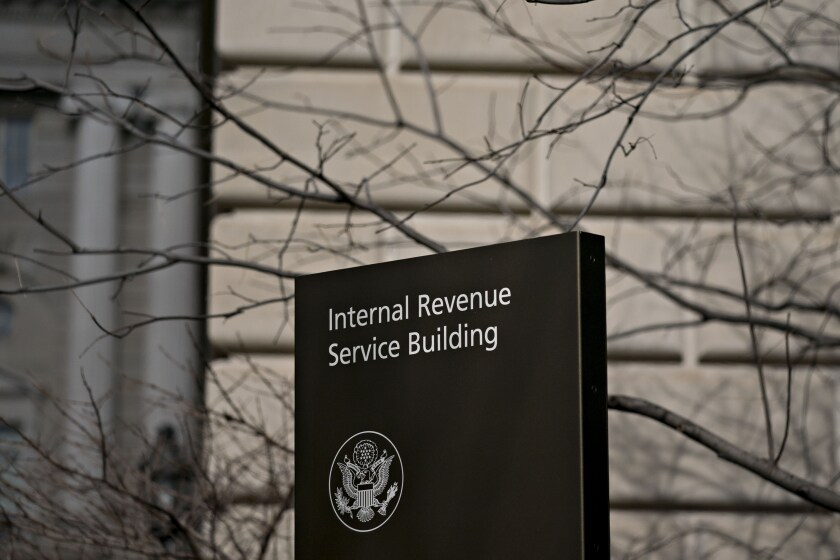The Internal Revenue Service is extending until June 30, 2021, the period in which it will accept digitally signed and emailed documents due to the COVID-19 pandemic.
In August, the IRS expanded the use of e-signatures as a way to make it easier to file various tax forms and other documents through the end of this year (see story). The IRS also opened a secure messaging service that would allow some documents to be emailed to IRS employees during the pandemic as a way of getting around the millions of pieces of paper mail that accumulated at IRS facilities while they were closed earlier this year. In a memo early this month, Sunita Lough, deputy commissioner of services and enforcement at the IRS, extended the date until the middle of next year.
Maghnus Mareneck is co-CEO of Cosmos Labs, a provider of Layer 1 blockchain infrastructure.
The memorandum extends through June 30, 2021, IRS employees’ ability to accept images of signatures (either scanned or photographed) as well as digital signatures on documents related to the determination or collection of tax liability. The memo also extends until June 30 the date when documents can be sent by email and documents can be transmitted to taxpayers by IRS employees using some secure messaging systems.
“As part of our response to the Coronavirus COVID-19 situation, we are taking steps to protect
employees while still delivering on our mission-critical functions,” Lough wrote. “We are maximizing the ability to execute on critical duties in a remote working environment where employees, taxpayers and their representatives are working from alternate locations.”
The IRS will accept images of signatures in tiff, jpg, jpeg or pdf format, as well as Microsoft Office and Zip compressed files. The IRS will also accept digital signatures that employ encryption techniques such as DocuSign.

To eliminate mailing documents as much as possible, Lough also recommended IRS employees should use e-fax or secure messaging systems to receive and transmit documents. However, it’s up to the taxpayer’s if they want to transmit documents electronically. If taxpayers aren’t able to e-fax a document or provide it through an established secure messaging service, they can use email with attachments to transmit a document to the IRS if employees take the following steps:
1. Use the IRS’s existing policies for taxpayer contacts to authenticate the identity of the taxpayer or representative by phone to ensure they are authorized to send and receive taxpayer information. In addition, IRS employees need to verbally verify the email address.
2. Advise the taxpayer or representative by phone that communications through unencrypted email via the internet aren’t secure. Employees have to explain that, except for minimal identifying information in the body of the email, such as the name and last four digits of a Taxpayer Identification Number, they should keep sensitive information out of the subject line and body of emails as much as possible, and should use password-protected encrypted attachments via SecureZip or some other encryption method.
3. The taxpayer or representative should include a statement, either in the form of an attached cover letter or within the body of the email, saying, “The attached [name of document] includes [name of taxpayer]’s valid signature and the taxpayer intends to transmit the attached document to the IRS.” If a taxpayer fails to include such a statement, IRS employees will ask for it in a follow-up phone call. Retransmitting attachments isn’t required, however.
4. After IRS employees receive the document via email, they will make a notation in the case files and include the document as well as the email or cover letter in the case file.
5. If a taxpayer transmits a document that requires a manager’s signature at the IRS, such as an executed Form 872, IRS employees will forward the document via encrypted email to their manager for a signature.

